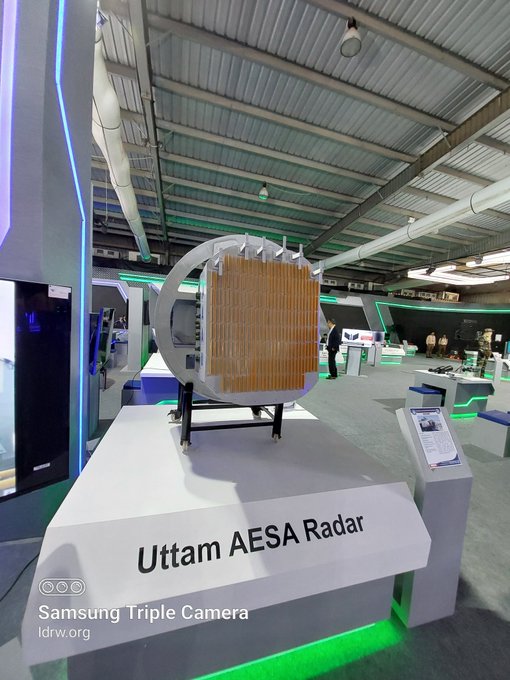My Take
SOURCE: RAJESH AHUJA / FOR MY TAKE / IDRW.ORG

Britain, Italy and Japan are to cooperate in developing a sixth-generation fighter, Few details were available before the scheduled announcement beyond the project’s named Global Combat Air Programme (GCAP) and the fact the partners say they plan to have the fighter ready by 2035.
Japanese-European defence program will also see the development of a new engine advanced power and propulsion system that will see designing an electrical starter generator that was fully embedded in the core of a gas turbine engine, now known as the Embedded Electrical Starter Generator.
Continue readingSOURCE: SATYAJEET KUMAR/ FOR MY TAKE / IDRW.ORG
The Saturn AL-31FP is a turbofan aircraft engine that is used on several military aircraft, including those operated by the Indian Air Force. The Indian Air Force operates a fleet of Sukhoi Su-30 fighters, which are powered by the AL-31FP engine.
Over the year they have been several versions of the Saturn AL-31FP turbofan aircraft engine have been developed over the years, with various improvements and updates made to the design. Some of the improvements that have been made to the AL-31FP include:
Continue readingSOURCE: DEEPAK HILORI/ FOR MY TAKE / IDRW.ORG

India will commence work on the development of a new indigenous radar that will be customized for its Su-30MKI fleet replacing its huge N011M BARS Radar, which even after 25 years is still an impressive radar on any aircraft that has acquired a cult status as ” Mini AWACS” in the Indian Air Force due to its ability to see even small single-engine fighter jets as far as 200km.
Uttam Mk3 will be replacing a legendary Radar and it will be the biggest and most powerful radar that will be developed by India to date that will come with impressive performance and also allow the Su-30 fleet to remain relevant for the next 30 years.
Continue readingSOURCE: SATYAJEET KUMAR/ FOR MY TAKE / IDRW.ORG
For Decades China was believed to have a relatively small nuclear arsenal compared to other nuclear-armed states, with estimates ranging from around 280 to 320 nuclear warheads. However, China has been steadily modernizing its nuclear weapons, including the development of new types of nuclear missiles and submarine-launched nuclear missiles.
Like other nuclear-armed states, China’s nuclear weapons program has been a source of concern and tension in international relations. The country has faced criticism for not being more transparent about its nuclear capabilities and for not participating in arms control negotiations, such as the Nuclear Non-Proliferation Treaty (NPT).
Continue reading